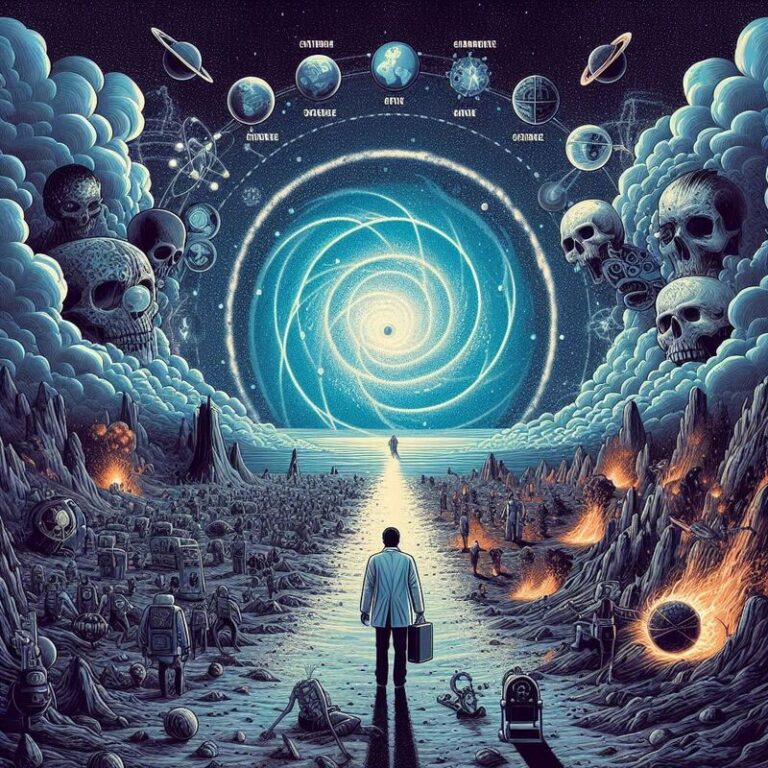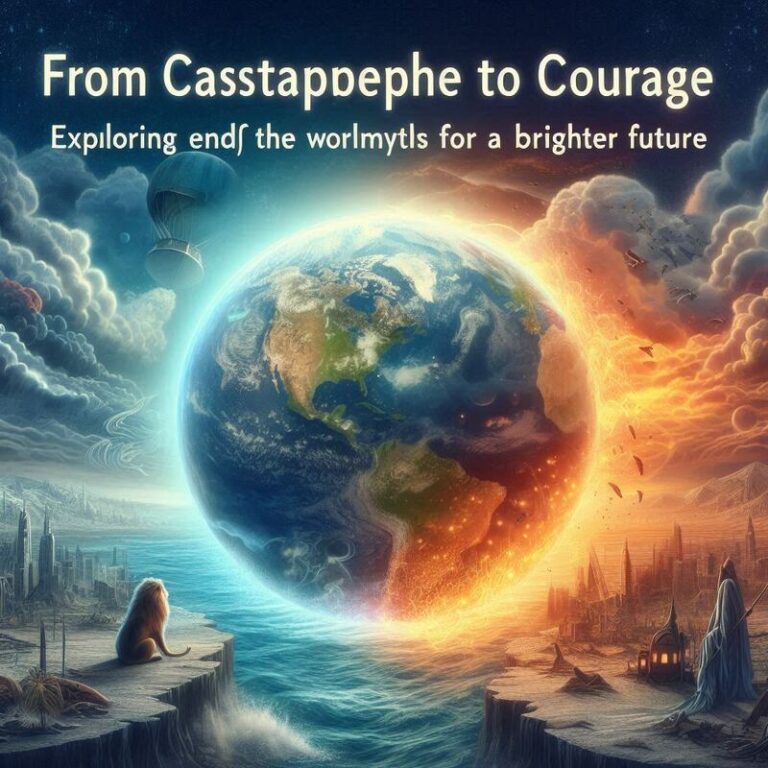Inspiring Lessons from End of the World Myths
Inspiring Lessons from End of the World Myths
Triumph and Renewal: Inspiring Lessons from End of the World Myths
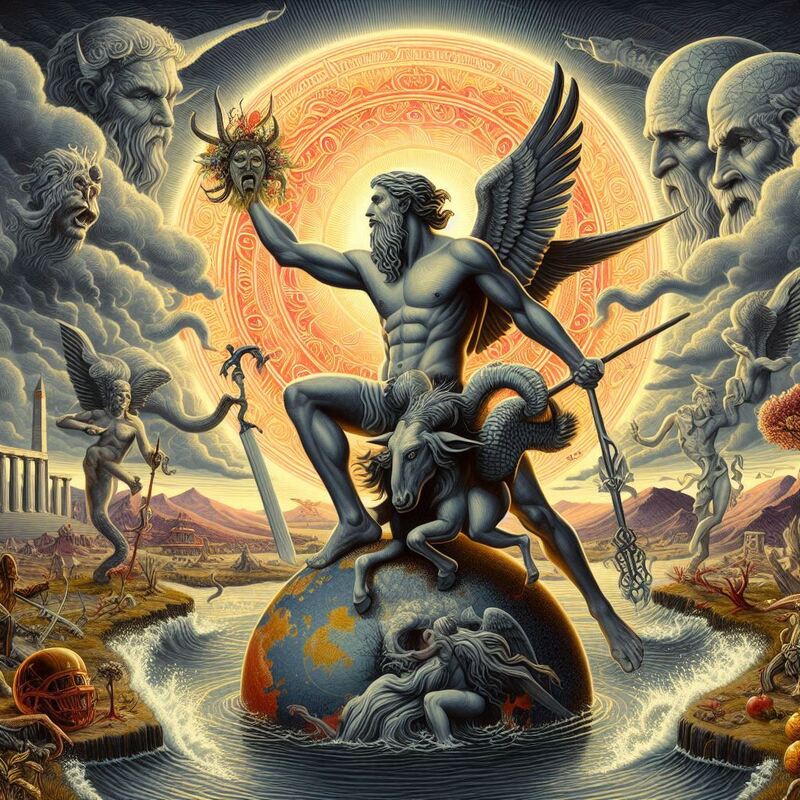
End of the world myths have captivated human imagination for millennia, weaving stories of cataclysmic destruction and subsequent renewal. These myths are not merely narratives of apocalypse; they are profound reflections on human resilience, hope, and the cyclical nature of existence. Across cultures, these stories provide timeless lessons on how to confront and transcend existential threats. By examining these myths, we uncover powerful messages of triumph and renewal that resonate deeply with contemporary challenges.
The Norse Ragnarok: Rebirth from Chaos
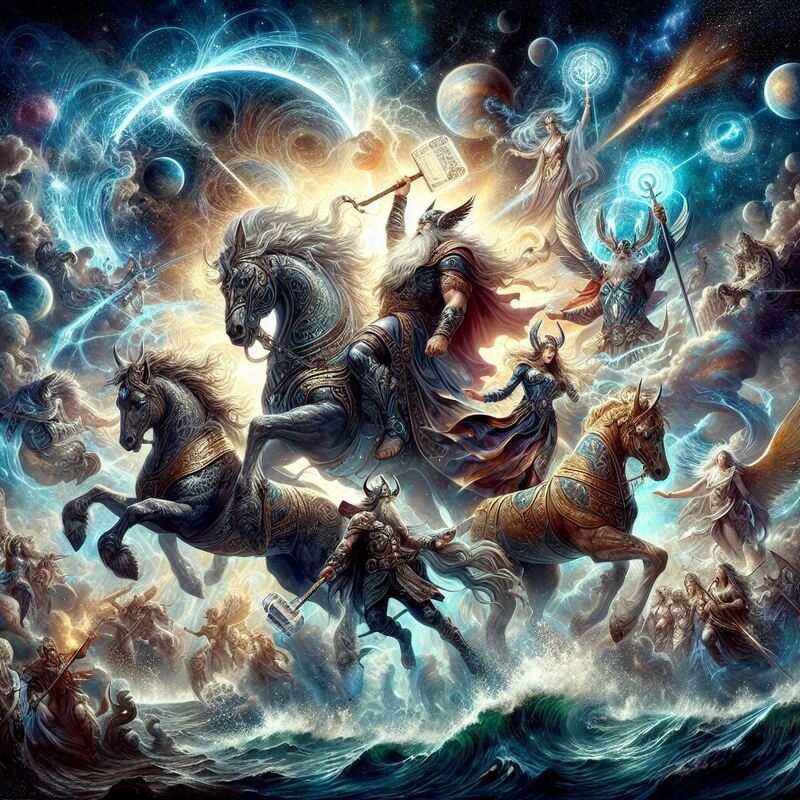
In Norse mythology, Ragnarok is the prophesied end of the world, a series of events culminating in a great battle that leads to the death of many gods and the destruction of the cosmos. The world is consumed by fire and floods, and mighty deities like Odin and Thor meet their end. However, Ragnarok is not just a tale of annihilation; it is also a story of rebirth.
After the cataclysm, the world emerges anew. Two human survivors, Lif and Lifthrasir, who hid in the World Tree Yggdrasil, emerge to repopulate the earth. The surviving gods, including Balder, return to establish a new era of peace and prosperity. This narrative teaches us that even in the face of utter devastation, there is always the possibility of renewal and a fresh start. The cyclic nature of Ragnarok underscores the belief that endings are inherently tied to new beginnings.
The Hindu Pralaya: Cycles of Creation and Destruction
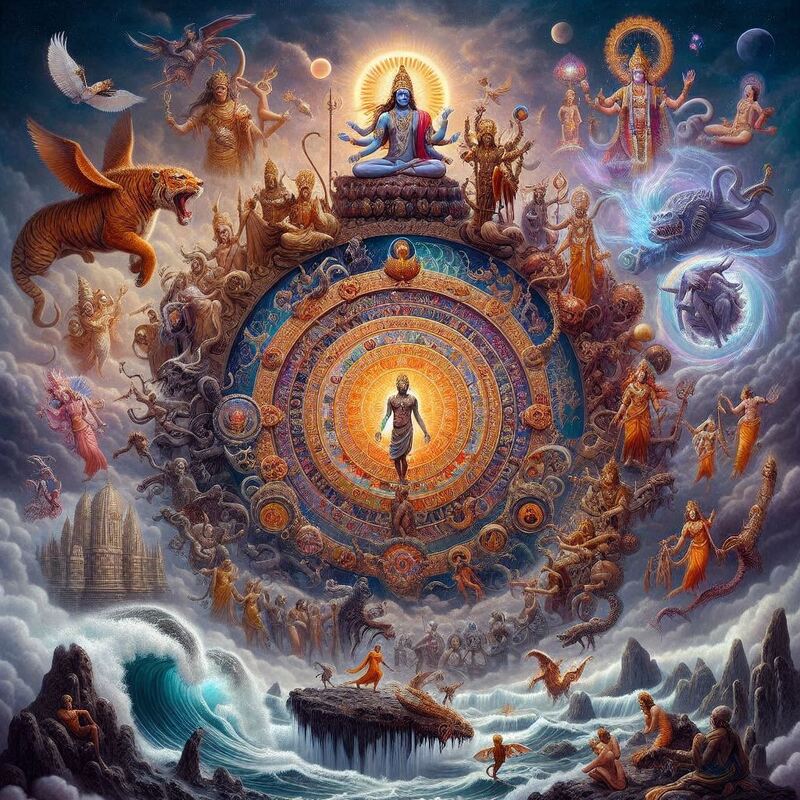
Hindu mythology presents a view of the universe as an eternal cycle of creation, preservation, and destruction, known as Pralaya. Each cosmic cycle, or Kalpa, is followed by a period of dissolution, where the universe returns to a primordial state. This period of dissolution is essential for the subsequent creation.
During Pralaya, natural elements dissolve back into their original forms, and the world undergoes a profound transformation. Once the period of dissolution ends, the god Brahma initiates the process of creation anew. This cyclical concept emphasizes that destruction is not the end but a necessary phase in the cosmic process. It highlights the importance of viewing change and upheaval as opportunities for growth and new beginnings.
The Aztec Fifth Sun: Resilience and Adaptation
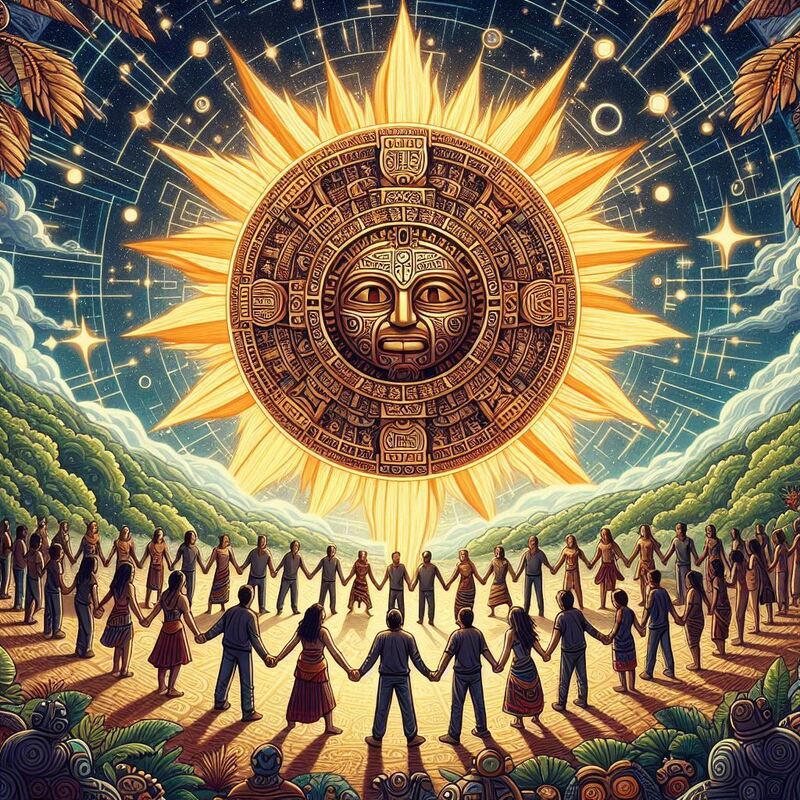
Inspiring Lessons from End of the World Myths
The Aztec civilization believed in a series of successive worlds, each governed by a different sun. According to their mythology, we live in the era of the Fifth Sun, which, like its predecessors, will eventually end in destruction. The previous worlds were destroyed by floods, fires, and jaguars, leading to the extinction of their inhabitants.
The prophecy of the Fifth Sun’s demise serves as a reminder of the impermanence of our existence and the need for resilience. The end of each world marks the beginning of a new one, with humanity enduring and evolving. This narrative underscores human adaptability and the capacity to overcome existential threats. It teaches us that through resilience and adaptation, we can survive and thrive, regardless of the challenges we face.
The Hopi Prophecy: Harmony and Preparation
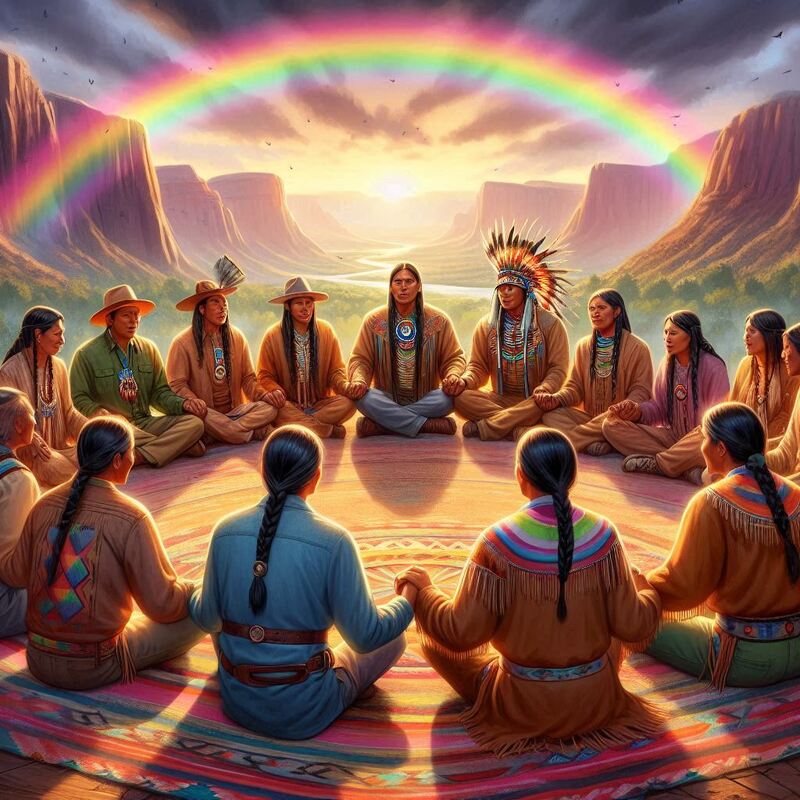
Inspiring Lessons from End of the World Myths
The Hopi people of North America have a rich tradition of prophecy that includes visions of the end of the current world and the emergence of a new one. According to Hopi beliefs, we live in the Fourth World, which is destined to end in a period of purification by fire or other cataclysmic events. The transition to the Fifth World will be marked by significant trials and transformations.
However, the Hopi prophecy is also a guide to renewal. It emphasizes the importance of living in harmony with nature, maintaining spiritual integrity, and preparing for the trials ahead. Those who adhere to these principles will emerge into the Fifth World, a place of balance and harmony. This prophecy highlights the power of collective effort and spiritual resilience in overcoming global challenges and achieving renewal.
Lessons for Today: Resilience, Adaptation, and Hope

End of the world myths, despite their varied cultural contexts, share common themes of destruction and renewal, despair and hope. These narratives offer valuable lessons for our contemporary world, where we face unprecedented environmental, social, and political challenges.
Inspiring Lessons from End of the World Myths
Resilience in the Face of Adversity: These myths remind us of the importance of resilience. Like the survivors of Ragnarok or the adaptors of the Aztec Fifth Sun, we too must endure and adapt to changing circumstances. Resilience is not just about surviving but thriving in the face of adversity. It involves maintaining hope and determination even when confronted with seemingly insurmountable challenges.
Embracing Change and Transformation: Endings are often necessary for new beginnings. The Hindu concept of Pralaya and the cyclic nature of time encourage us to embrace change as an opportunity for growth and transformation. Destruction is not the end but a prelude to renewal. This perspective can help us navigate personal and societal upheavals with a mindset focused on the potential for positive outcomes.
Collective Responsibility and Harmony: The Hopi prophecy underscores the importance of living in harmony with nature and each other. Our actions today determine the quality of the world we pass on to future generations. Collective responsibility and sustainable practices are crucial for ensuring a positive future. This lesson is particularly relevant in addressing global issues like climate change, where collective action is essential for meaningful progress.
Inspiring Lessons from End of the World Myths
Hope and Optimism: Despite the catastrophic events described in these myths, they invariably conclude with a vision of renewal and hope. This optimism is a powerful reminder that no matter how dire the circumstances, there is always the potential for recovery and a new beginning. Maintaining a hopeful outlook can inspire us to take proactive steps toward creating a better future.
Conclusion
End of the world myths, with their rich narratives of destruction and renewal, offer profound insights into the human condition. These stories, spanning diverse cultures and epochs, remind us of our resilience, our capacity for adaptation, and the enduring power of hope. By embracing the lessons from these myths, we can navigate the challenges of our contemporary world with greater courage and optimism, knowing that every end is an opportunity for a new beginning.
Inspiring Lessons from End of the World Myths

